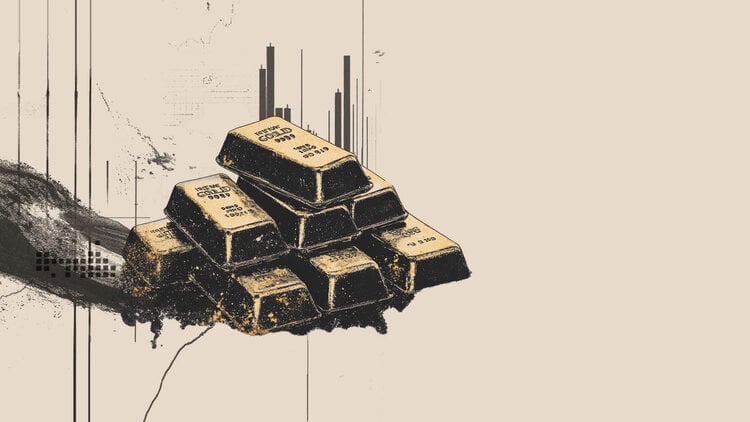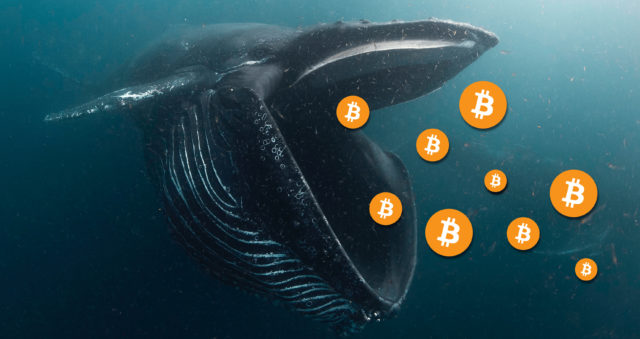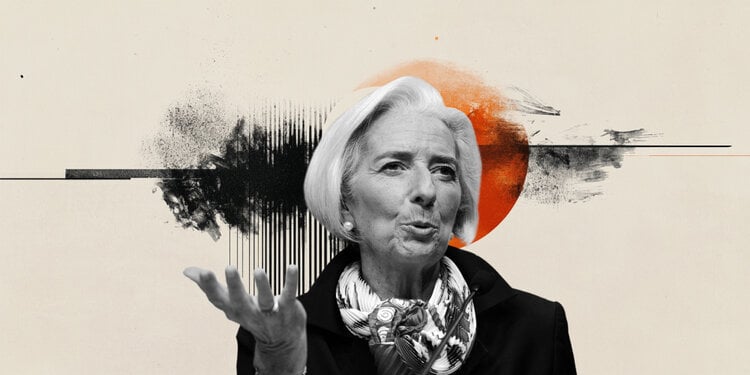Haui test is a set of criteria that the US Securities and Exchange Commission (SEC) applies to determine what refers to securities, namely investment contracts. Based on this test, the regulator attributes to securities and a number of cryptocurrencies.
It all started with citruses
The Haui test originated as a result of an entertaining dispute in the court, which took place in 1946 between the SEC and WJ Howey Company. Actually, by the name of the latter he is named.
Representatives of WJ Howey were quite entrepreneurial businessmen. They decided to crank up one interesting scheme for selling sites for growing citrus fruits in Florida. WJ HOWEY sold plots to different customers, and then this land was leased back for rent. Thus, WJ Howey and her faces affiliated with her again raised fruits on her.
Subsequently, citrus fruits were sold in the market, and profit was distributed between landlords and tenants. The benefit was mutual: WJ Howey received money from the sale of plots and part of the profit from the sale of fruits, and the buyers of land, who most often did not mean anything in agriculture, were content with their piece of pie from the sale of fruits.
That is, in the eyes of the state, the buyer was a kind of “shareholder”-he acquired a certain asset, from the possession of which he received “passive income” with a successful harvest and its sale.
It would seem that everyone is satisfied: the wolves are full, and the sheep are intact. But in fact, the SEC was not a well -fed wolf, which, having learned about such activities, filed a lawsuit in illegal securities trading. The regulator hooked on the formulation of an investment contract.
The catch was that the initial definition in Securities law 1933 had some differences from the one that it received as a result of the 1946 case. Given the realities, the Supreme Court made a decision on the interpretation of the investment contract in accordance with its essence. A number of parameters were determined for this.
Test criteria
In total, the Haui test has four criteria:
-
Investing money – can act in any form: fiat, non -cash, cryptocurrency and others;
-
The community of the enterprise – investors invest money or assets for the successful functioning of the entire undertaking, and not its individual components;
-
The expectation of a profit – the investment occurs in order to increase it, and not for other purposes;
-
Profit is obtained due to efforts from the side – third parties play an important role in ensuring that the company is financially successful.
If you look closely, then the parameters are somewhat blurry, and their interpretation can be free enough.
Haui test and cryptocurrency
SEC seeks to control everything and everything in the financial market. And cryptocurrency, as you know, is enough “Big Kush”, which often finds himself in the field of view of the regulator. Therefore, in 2019 SEC I presented it A special clarification on how to use Haui test regarding digital assets.
So far, the regulator has not affected all cryptocurrencies, but only part of them. The same bitcoin is not an investment contract in accordance with the Haui test. According to two criteria – the possibility of investment and expectation of profit – BTC falls under the determination of a security. However, two other criteria – the community of the enterprise and the involvement of third parties – are not satisfied, since Bitcoin is a decentralized network, and each participant makes the investment at his own peril and risk. In any case, this is the position of American lawmakers for February 2025.
But others, even large cryptocurrencies cannot boast of this. In most cases, this is due to a lower level of decentralization. For example, the SEC has already tried to bring stablecoin under the concept of investment contract. True, in 2024, the US court at the Colombia district rejected the regulator’s claim to recognize Busd a security. Regulator I could not proveWhat Binance offered to buy her stablecoin for the subsequent profit of profit by customers.
Other large altcoins – Solana, Cardano and Polygon – SEC also ranked securities. However, in the summer of the same 2024, the regulator refused to conduct a trial in this regard. Although the commission still implies that the above cryptocurrencies are securities.
Conclusion
Thus, the Haui test is the criteria by which the SEC classifies certain cryptocurrencies to securities. In fact, it acts as a means that allows the regulator to monitor digital assets. Naturally, such SEC solutions are often criticized by entrepreneurs, investors and crypto enthusiasts, and become the subject of judicial disputes – not everyone agrees with the validity of the test. Most of the cryptocurrencies that the SEC attribute to securities, as of February 2025, are not legally such.
Source: Bits
I am an experienced journalist, writer, and editor with a passion for finance and business news. I have been working in the journalism field for over 6 years, covering a variety of topics from finance to technology. As an author at World Stock Market, I specialize in finance business-related topics.







